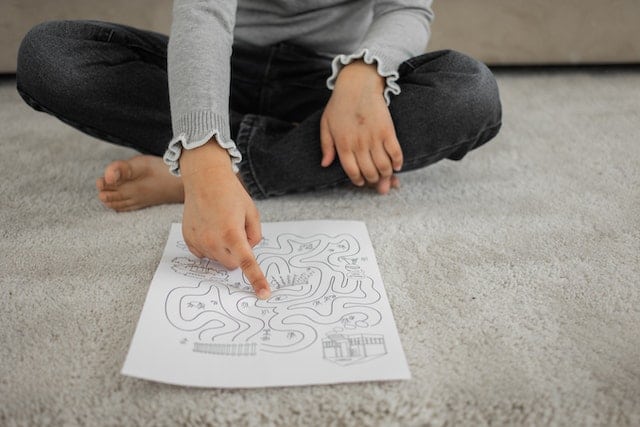Creating riddles is an ancient art form that dates back thousands of years. Riddles are a form of puzzle that challenge the reader to think creatively and solve the problem. A good riddle will have a hook, or a clever twist, that makes it difficult to solve. In this article, we’ll explore how to create your own riddles with a hook.
What is a Riddle?
A riddle is a statement or question that is phrased in a way that requires creative thinking to solve. Riddles can take many forms, but they generally have two parts: a description or clue, and a hidden answer. The challenge for the reader is to use their imagination to solve the riddle by finding the answer that fits the description.
The Importance of a Hook
A good riddle should have a hook, or a twist, that makes it difficult to solve. A hook is what sets a riddle apart from a simple question or statement. It is what makes the reader pause and think, and it is what makes the riddle memorable.
The hook is also what makes a riddle challenging. Without a hook, a riddle can be too easy to solve, and it may not be very satisfying for the reader. A good hook will challenge the reader’s assumptions and make them think outside the box. Now let’s proceed to creating riddles with a hook.
How to Go About Creating Riddles of Your Own
Creating your own riddles can be a fun and rewarding experience. Here are some steps to help you create riddles with a hook:
- Choose a Topic: Start by choosing a topic for your riddle. This can be anything from animals to objects to abstract concepts.
- Write a Description: Next, write a description of your chosen topic. This should be a few sentences that describe the topic in an interesting and unique way. Try to use descriptive language that will help the reader visualize the topic.
- Find the Hook: Once you have your description, try to find the hook. This is the twist that will make your riddle challenging and memorable. Look for ways to play with language or use double meanings to create a clever twist.
- Write the Answer: Once you have your hook, write the answer to your riddle. The answer should fit the description, but it should also be unexpected and surprising.
- Test Your Riddle: Finally, test your riddle on others. See if they are able to solve it, and get feedback on how challenging and memorable it is.
Conclusion
Creating your own riddles can be a fun and challenging experience. By following these steps, you can create riddles with a hook that will challenge and engage your audience. Remember to choose a topic, write a description, find the hook, write the answer, and test your riddle. With a little creativity and practice, you can become a master riddle creator!
